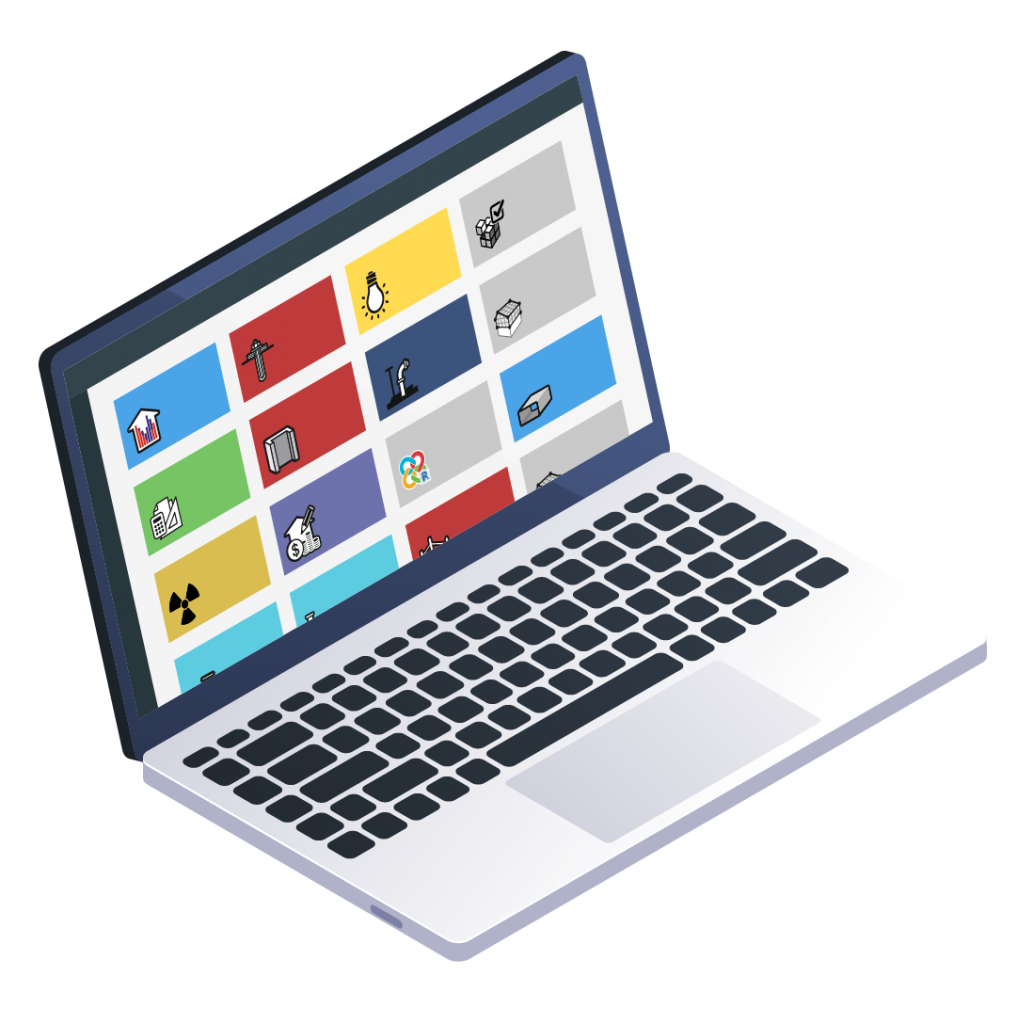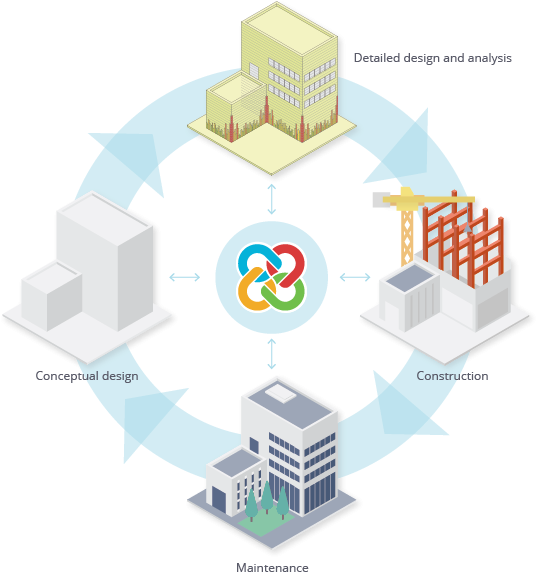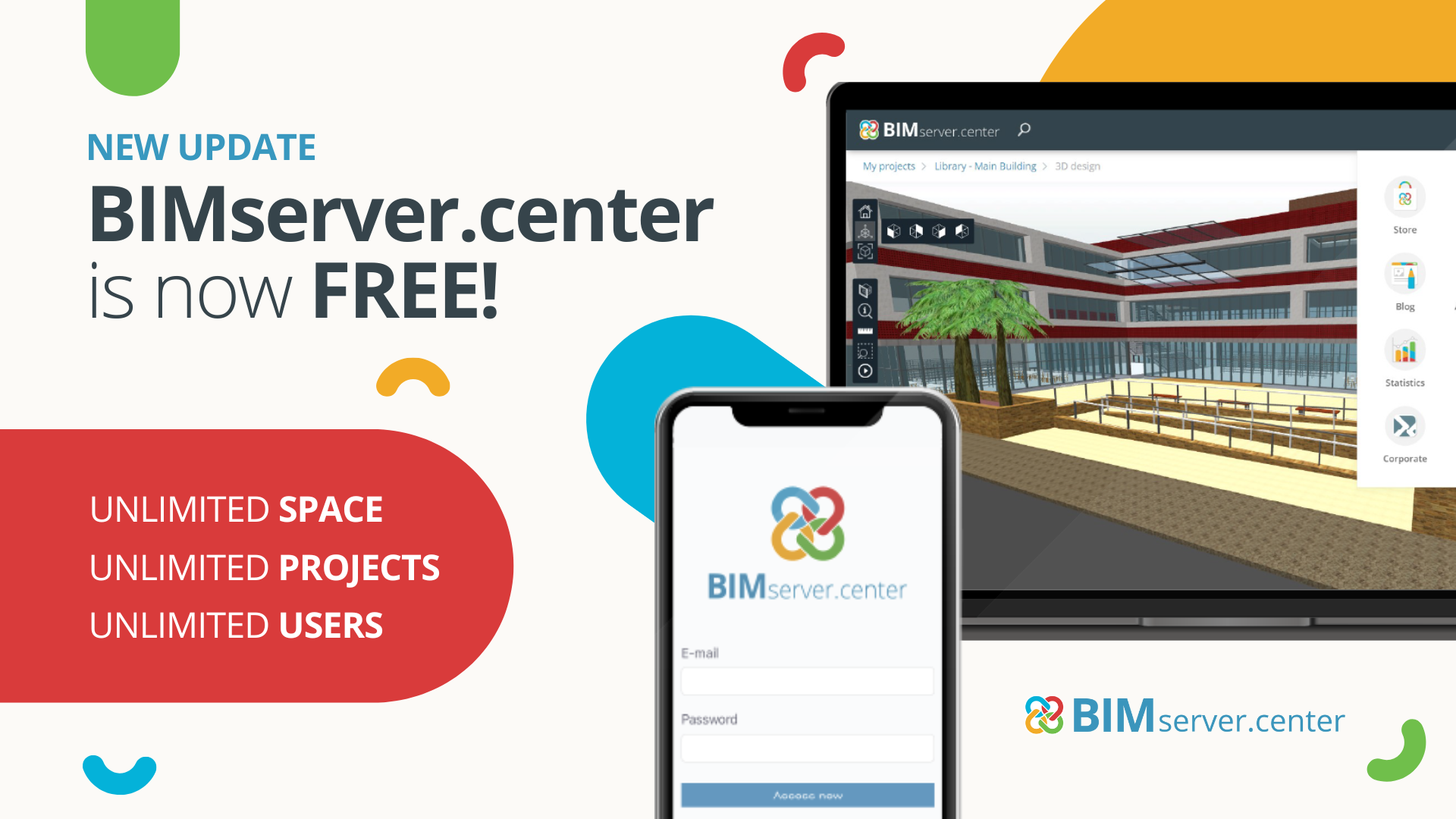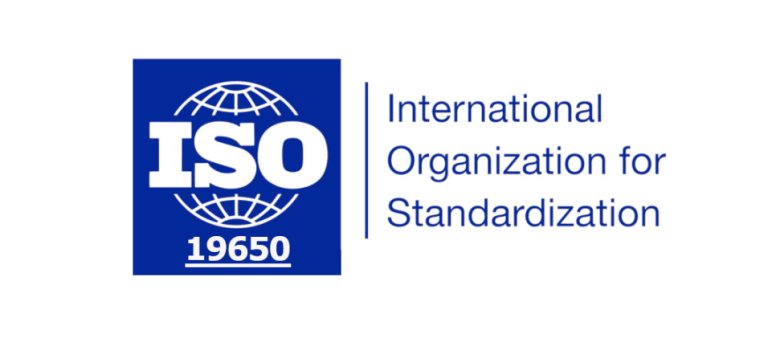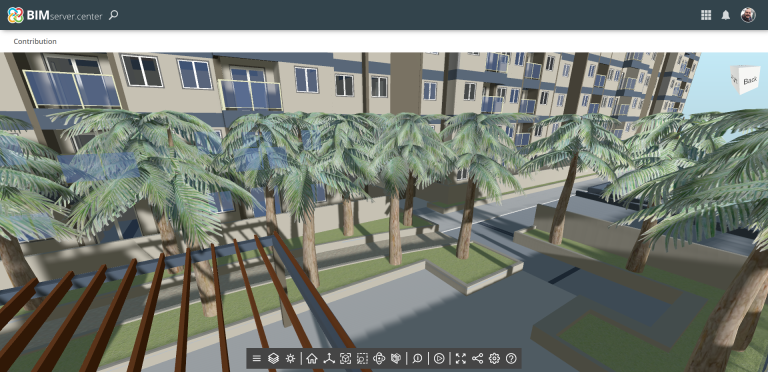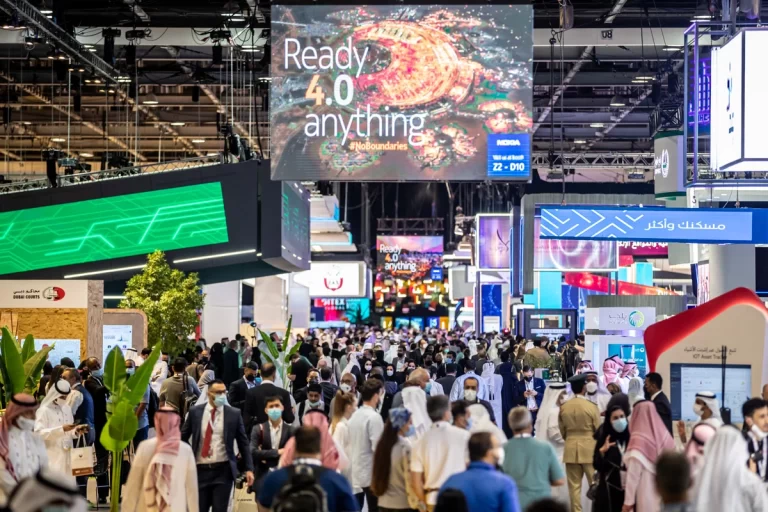Members of the work team do not require previous training to integrate into the Open BIM flow, since they do not need to modify their current working habits as they are not required to use traditional BIM tools.
Distribution of information


Currently, to develop a project, it is required that a specific work group is involved, in which each task is perfectly assigned according to the area of knowledge of each user.
This way of working is difficult to implement in current BIM tools, since all the project information is centralised and managed by one application in a single file, in its own format. It also forces all members of the team to work with the same tool and with the entirety of the project.
In the Open BIM workflow, the information that makes up the project is distributed according to the disciplines involved. This way, each user generates and manages only the information regarding the part of the project for which they are responsible.
High performance tools
With existing BIM applications, it is necessary to know the solutions that will be adopted in the project from the initial phases of its development. Moreover, this information is required with a level of definition that is difficult to know in advance. This means that BIM models are currently generated as a final and optional result of the whole project process, and as a manual and specific task- that is to say, separated from the decision-making process in the project phase.
By developing the project gradually, the Open BIM flow allows users to contribute, evaluate and establish the most suitable solutions on the BIM model in the project phase.
Furthermore, as the BIM model can be updated at any time, each of the project areas can be defined in greater or lesser detail, according to the development phase in which they are at. In other words, each discipline can be defined depending on the particular moment, but also based on the other intervening fields, being able to check for any inconsistencies between them and correcting what is necessary.
Specially designed applications
One of the main features of BIM applications is the ease with which project drawings are obtained from the design model. However, it is complicated to create specialised drawings with a generic BIM application, since the criteria to create them strictly depends upon the discipline, the code to apply and the country in which the project is being carried out.
In the proposed workflow, the solutions adopted for each discipline are very precise and specific. These results are obtained using applications that have been specially designed for that purpose.
Furthermore, the specialised applications themselves are capable of generating the specific documents for these particular solutions, such as drawings, diagrams, bills of quantities or reports, all adapted to the corresponding codes.
